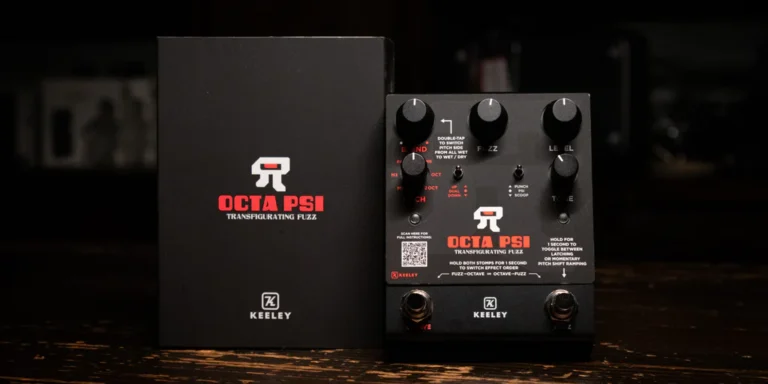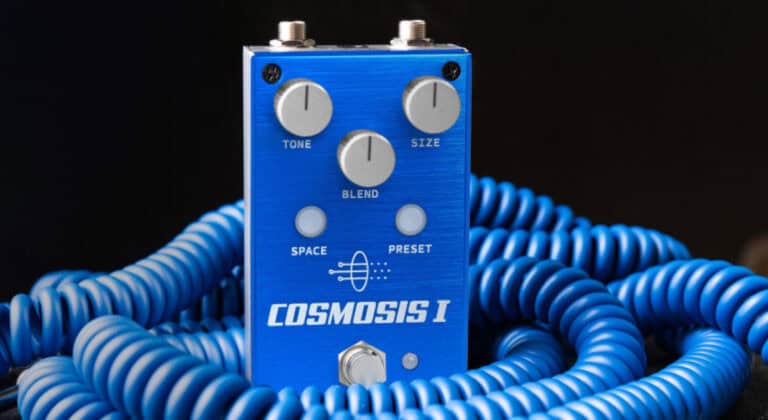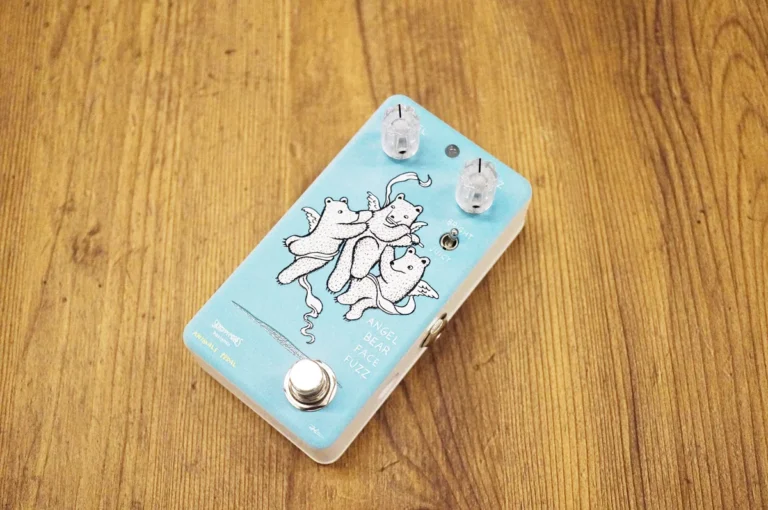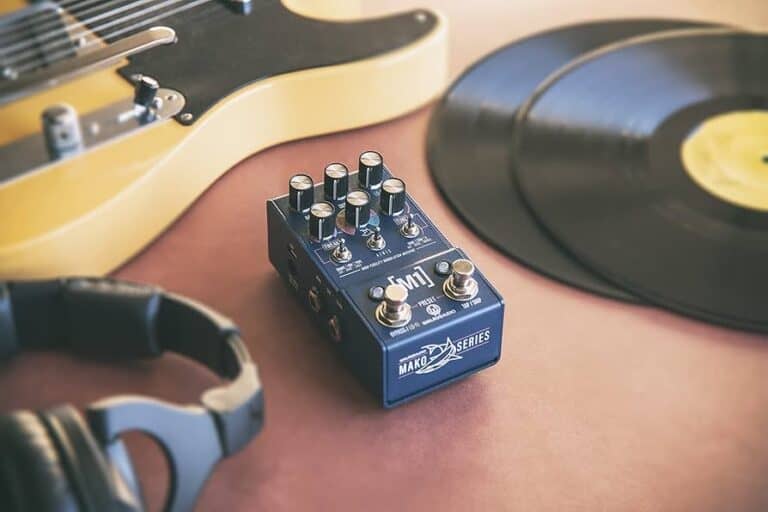Exploring the Electro-Harmonix Nano Q-Tron: Funky, Filtered, and Full of Groove
If you love funky, expressive guitar tones, the Electro-Harmonix Nano Q-Tron might be the perfect pedal to add to your board. Whether you’re chasing that signature Jerry Garcia auto-wah sound or just want to inject some funky quack into your playing, this compact envelope filter is a blast to play.
Let’s dive into what makes the Nano Q-Tron special, how it compares to other Q-Tron pedals, and why it’s such a fun, inspiring effect for guitarists and bassists alike.

What is the Electro-Harmonix Nano Q-Tron?
The Nano Q-Tron is an envelope filter, which means it dynamically responds to your playing, shaping your tone based on how hard or soft you pick. Unlike a traditional wah pedal, which you control with your foot, an envelope filter automatically adjusts the filter sweep based on your picking attack.
This creates a quacky, vowel-like tone that reacts to your playing dynamics—hit the strings harder, and the effect becomes more pronounced; play softly, and it smooths out. It’s the secret sauce behind countless funky and jam-band tones.
The Nano Q-Tron is Electro-Harmonix’s most compact Q-Tron yet, keeping all the juicy filter goodness in a pedalboard-friendly enclosure.
What Makes the Nano Q-Tron Special?
Compact Size – Unlike the original Q-Tron, which is quite large, the Nano Q-Tron fits easily on any pedalboard.
Simplified Controls – The Nano Q-Tron strips things down to just three knobs: Volume, Q, and Drive. This makes it easier to dial in your sound compared to the more complex Q-Tron+ with its multiple filter modes and response settings.
Classic Q-Tron Tone – Despite its simplicity, the Nano Q-Tron still delivers that unmistakable, funky filter sweep, perfect for everything from jam-band improvisation to slap bass grooves.
Affordable and Accessible – Compared to the Q-Tron+, which features extra controls like an effects loop, the Nano Q-Tron is a more budget-friendly way to get into auto-wah sounds without sacrificing tone.
Getting That Jerry Garcia Auto-Wah Sound
If you’re a fan of Jerry Garcia’s fluid, vocal-like lead tone, you’ll love what the Nano Q-Tron can do. Garcia famously used an envelope filter in combination with his customized Fender Twin Reverb and a single-coil-equipped guitar to create his signature touch-sensitive wah effect.
With the Nano Q-Tron, you can nail those Garcia-style tones by:
Using a clean amp – Envelope filters shine through clean, glassy tones. Jerry often used a Fender Twin, but any clean amp will do.
Dialing in the pedal just right – Set the Q knob around midway to get a smooth, vocal-like filter response. Adjust Drive to control the sensitivity and response of the filter.
Using a light touch – Since envelope filters respond to playing dynamics, experiment with picking intensity to control the effect.
Pairing with a boost or overdrive – Garcia often used a Tube Screamer-style overdrive to add some grit and sustain to his envelope filter sound. Try stacking your Nano Q-Tron with a mild overdrive for extra presence.
How I Fell in Love with the Auto-Wah Sound
I first fell in love with the sound of an envelope filter as a kid, listening to John Lennon’s Walls and Bridges album. The effect is used most notably on the songs Old Dirt Road and Nobody Loves You (When You’re Down and Out), where it gives the guitar a warm, liquid-like quality that feels almost hypnotic. There was something about that tone that stood out—it wasn’t just a wah sound, but something more dynamic, something that felt alive. At the time, I didn’t know what was creating that effect, but I knew I loved it. Years later, when I discovered envelope filters and the magic of auto-wah, it all clicked. That same expressive, moving tone was suddenly at my fingertips, and it brought back those early memories of being captivated by sound.
Why the Nano Q-Tron is Just Plain Fun
The Nano Q-Tron is one of those pedals that instantly makes playing more engaging. There’s something about the way an envelope filter reacts to your picking dynamics that makes every note feel more alive, almost like the instrument is singing along with you. It rewards expressive playing, encouraging you to dig in harder or ease up for subtle tonal variations. Whether you’re aiming for funky, staccato rhythms or long, swelling lead lines, the Nano Q-Tron delivers a character that is both responsive and inspiring.
It’s also a pedal that works just as well for bass as it does for guitar, giving low-end grooves a deep, rubbery bounce that sits perfectly in a mix. The simplicity of its controls makes it incredibly easy to dial in, yet its range of tones is surprisingly versatile. And because it pairs so well with other effects, it’s the kind of pedal that invites experimentation—stack it with fuzz for synth-like tones, throw it into an overdriven amp for a grittier texture, or combine it with an octave pedal for deep funk goodness.
More than anything, the Nano Q-Tron is simply fun to play. It has a way of pulling you into the music, making you want to explore new rhythmic patterns and phrasings. If you’re looking for a pedal that adds character, excitement, and pure playability to your tone, this one is hard to beat.
Give This Pedal A Rip
The Electro-Harmonix Nano Q-Tron proves that you don’t need a massive, complex pedal to get a killer envelope filter sound. It takes the best parts of the classic Q-Tron series and packs them into a small, affordable, and easy-to-use pedal that still delivers those legendary funky, quacky, and Jerry Garcia-approved tones.
If you’ve never tried an envelope filter, the Nano Q-Tron is a great place to start. It’s a surefire way to make your playing more expressive, dynamic, and downright fun. So plug in, start grooving, and let the auto-wah magic take over.
Are you a fan of envelope filters? What was the first time you remember hearing that unmistakable quack? Let’s talk tone in the comments.





